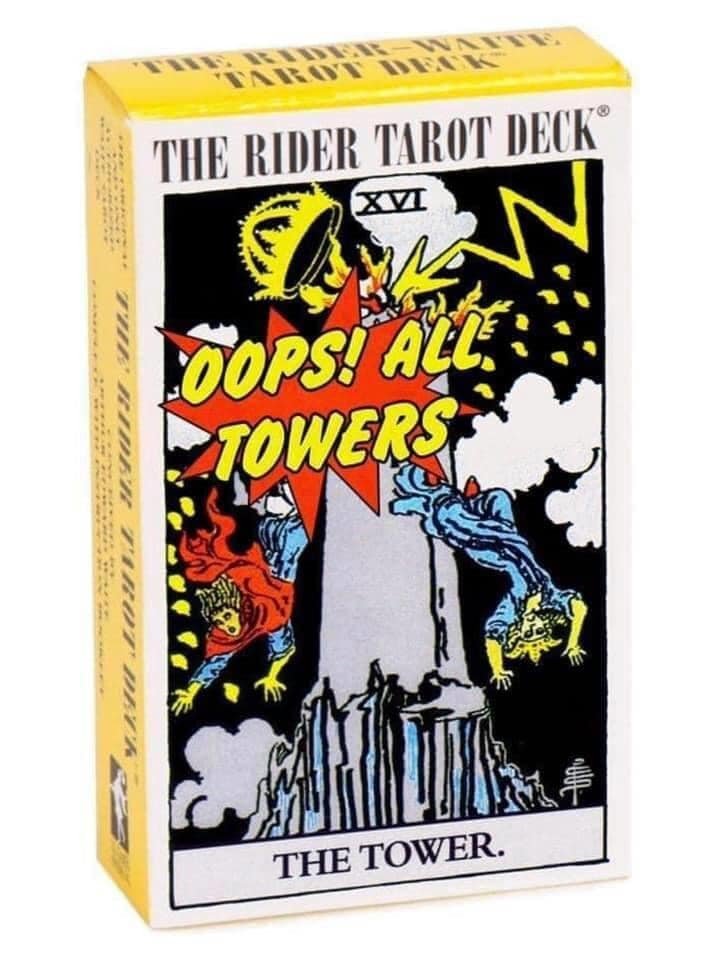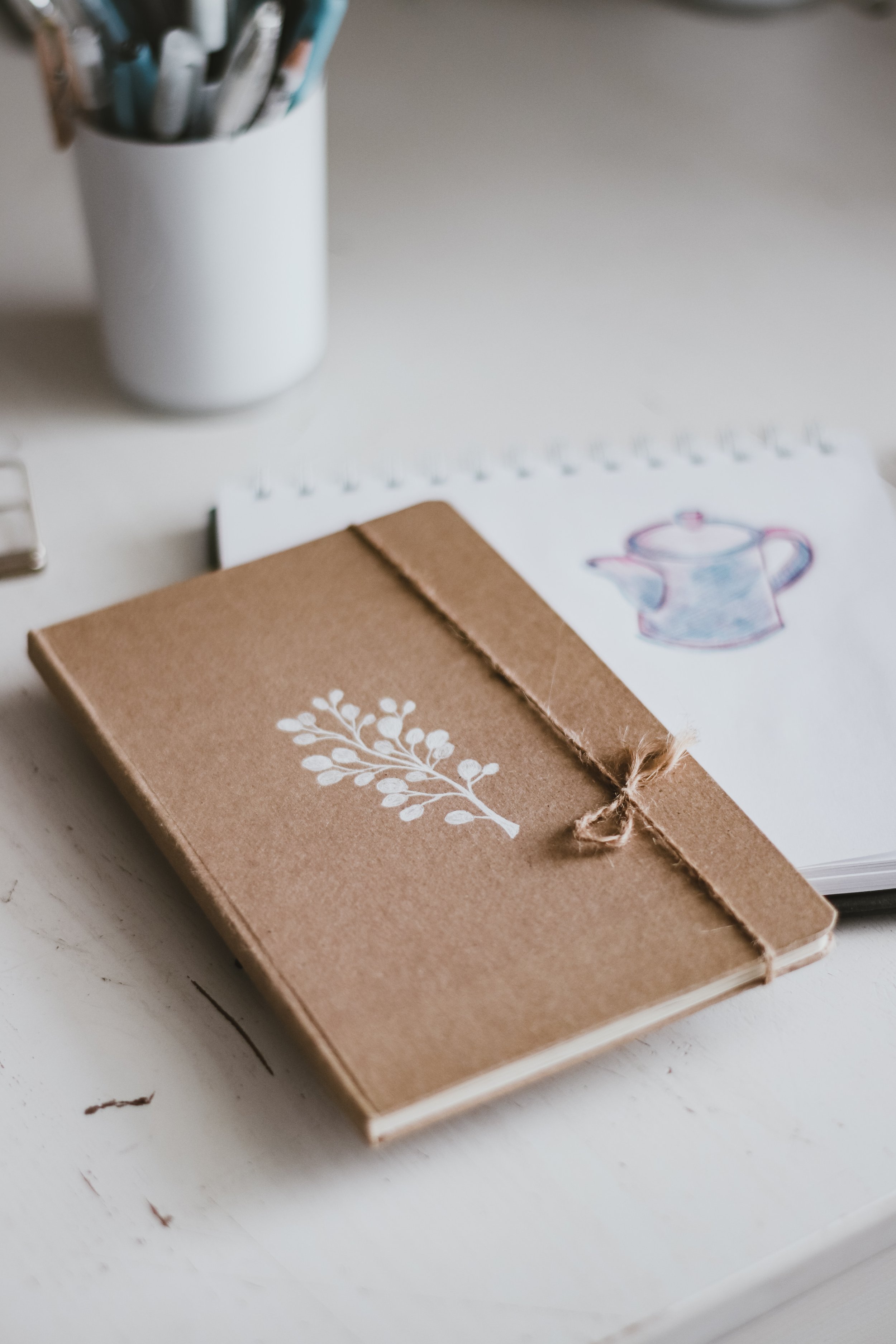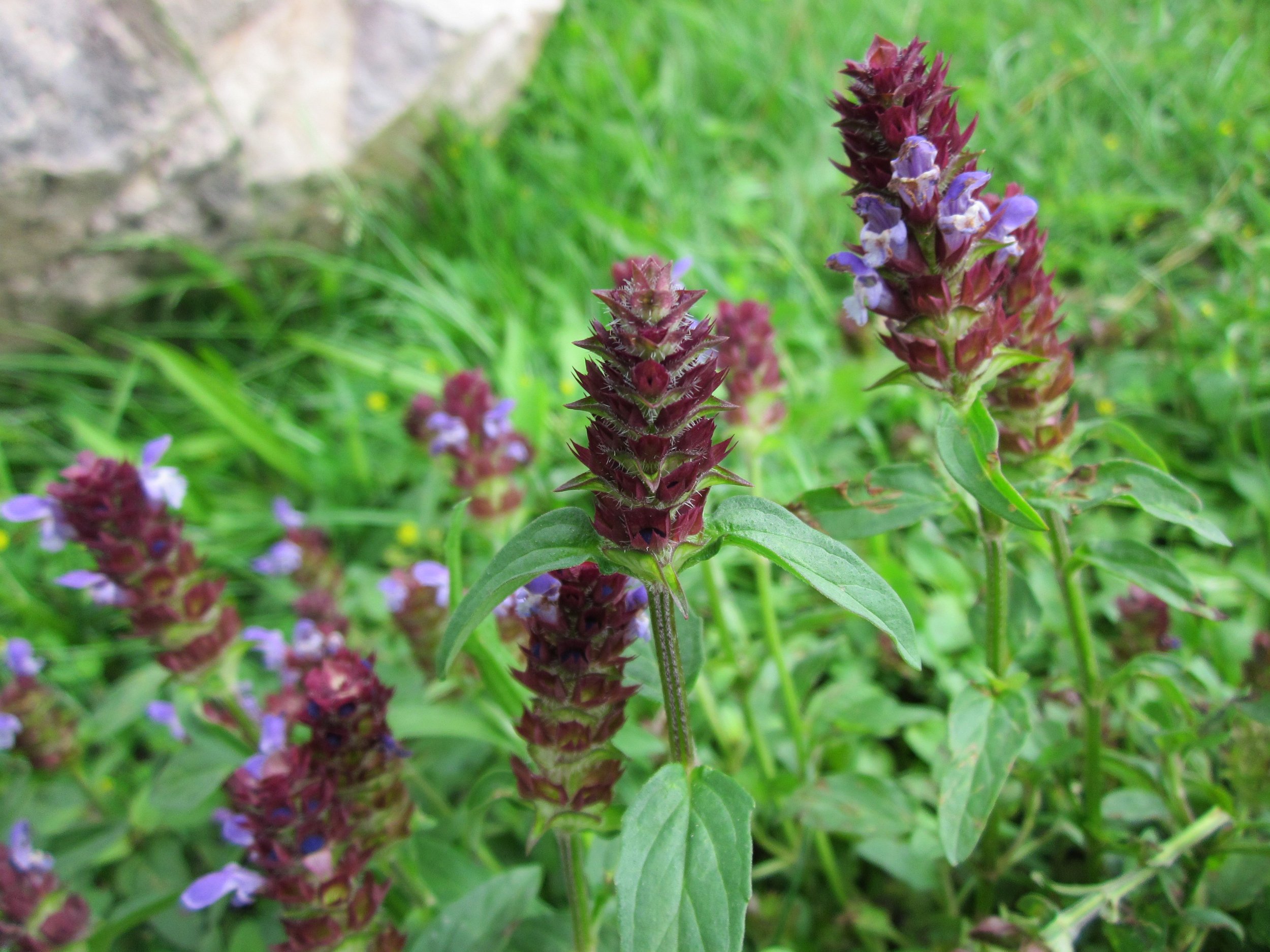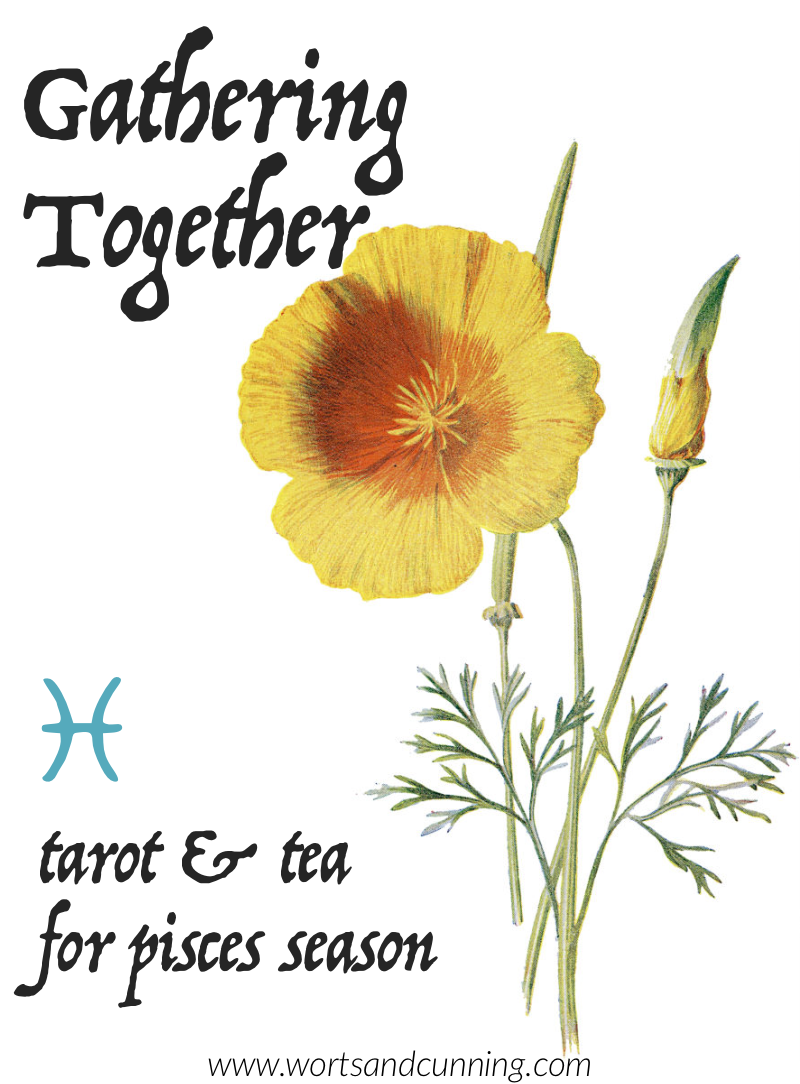Into the Arms of the Wild: The Wisdom of the Wheel of the Year
The Wheel of the Year is an annual spell. Every Sabbat a knot in the cord and when we arrive at the ritual feast we can tend to the threads of the year, the places that need repair, where new weavings are needed, and old ones can be returned to the earth again.
The structure and seasonal holidays of the modern Wheel of the Year is largely based on both real and mythical Pre-British, British, Anglo-Saxon, and Celtic agrarian cultures (I explore more of this over in Spiraling Into the Center: The Wheel of the Year and the Lunar Sabbats). I feel relatively safe in assuming that most of the folks reading this post and practicing in some way as modern Pagans do not live with the lands that birthed these cultures. Even if you do, the Wheel of the Year, like most everything in modern Paganism was never meant to be an unchanging dictum from whoever is claiming to be the King of Witchcraft at any given time.¹ One of the great delights of modern Paganism is that it is a religion by and for the people, meant to grow and change as we grow and change, to reflect the many places and cultures we live in, and a practice that is as much a part of the diasporic experience as it is the lands it was first dreamed.
So let's explore how the Wheel of the Year can be engaged as a more open framework to make it intimately relevant to your personal practice. In another post I'll explore how you dream into being your own Wheel of the Year, but for now we'll continue to reference the eight Sabbats while expanding beyond their original cultural references. Much of modern Paganism is about the return of the old ways and the re-membering of traditions disrupted and hidden away - so adapting the Wheel of the Year to meet your needs as a Pagan living in the cultural diaspora of the Wheel's land-based origins is one of the ways we thrive as a Pagan people. We are coming home again to our practices wherever home might be for us.
The Sacredness of Every Season
The Wheel of the Year reflects seasonal changes on a practical level that help us to connect to the land, sea, and sky, pay attention to important rhythms for growing crops and animal husbandry, and, especially in this day and age, measure time beyond the confines of capitalism's dangerous obsession with work and productivity.
But the Wheel of the Year also reflects the transition of life that we all go through, from birth and death, to transitioning identities, new responsibilities, periods of learning and teaching, and all the spiritual and emotional experiences that come along with these things. The Wheel of the Year is a way, around every six weeks, to pause, recalibrate, and reconnect with that which you find most sacred in your life.
Pagans are by and large not a faith-based but an earth-based and relationship-based people. When compared to other liturgical calendars the goal of the Wheel of the Year is less about worship and more about re-weaving ourselves back into the world and honoring the holiness of all things no matter where they are in the process of being.² All is holy, for example, at the time of darkest night at Midwinter and all is holy at the time of the long day of Midsummer. How we recognize, engage with, and remind ourselves of that holiness changes from Sabbat to Sabbat but is reflected in ritual choices, spellwork, community work, and more. The holiness of a harvest festival may be recognized by honoring all that has been worked for and achieved in the past year, while the holiness of Imbolc might be centered around the sacredness of vow-making and choosing a path ahead. In other words, for many modern Pagans, we aren't as concerned about growing our faith in our God/dess/es but growing our awareness of and honoring our deeply interconnected relationship with all that is.
Most importantly, as you explore the Wheel of the Year it's important to ask yourself Why? Why observe the Wheel of the Year (or similar variation)? What purpose does it serve in your life? How does it make you feel? What's the point? How do you need to be held throughout the year?
For me, the Wheel of the Year serves as points of stabilization, where I can ground and center, and reconnect to what is most meaningful and valuable to me and my life. In the overculture I live in, the Wheel is a radical way of measuring time and feels like an easy and joyful rebellion to choose, that enriches my life and my practice. I have found solace in the Sabbats when my life has felt full of contentment as well as when things are tumultuous - the Sabbats are expansive points of space and time that can hold space for whoever I am and whatever I'm experiencing when I show up. I encourage you to take a moment and reflect on what the Wheel of the Year means to you and why you want to participate in its turning.
When you're ready, let's look at the broad underlying spiritual framework of each Sabbat. I've touched upon the mythology of the Wheel of the Year from a (mostly) Wiccan perspective to give you some mythological inspiration, but remember that this is only one tradition within Paganism that follows the Wheel, and there are as many myths as Pagans for each of the Sabbats.
Samhain: The New Year, a time for endings and beginnings, the third harvest when the veil between the worlds is thinnest. Connecting with ancestors and ancestral traditions. An auspicious time to divine backwards and forwards in time. Honoring those who have departed in the previous year. Making space for the holiness of grieving, especially being able to grieve as and within a community. A time of reconciliation. Making space for quiet and reflection. The death of the Old God, the Goddess as Crone and Midwife of the Dead. The Maiden begins her training in the mysteries of the underworld.
Winter Solstice: Celebrating moments of "a light in the dark" and the birth process whether connecting to birthing offspring, birthing a new idea or concept or birthing a new cultural movement. Recognizing the interconnectedness of life and death, honoring our fragility and vulnerability, as well as the people, places, and systems which help us feel safe. A time of honoring parents, especially those who identify as mothers. The Crone Goddess as Midwife, the Goddess as Mother, the God as the Child either in the womb or being born (the Oak King). The height of the Holly King's power.
Imbolc: Celebrating the spread of an idea, concept, movement, breakthrough. Honoring potential. Honoring the waking land as winter slowly recedes. Celebrating transitions of moving from one stage of learning and understanding to another (i.e. graduating high school and entering college or starting a new degree study as a Priest/ess). The Child God, the Crone Goddess returning to the lands of winter and/or is reborn as the Maiden Goddess bringing the promise of spring.
Spring Equinox: Honoring the lively and greening land. A time for cleaning and cleansing. An auspicious time for celebrating what is re-emerging and re-turning home as well as newly claimed identities. A time for celebrating youth and blessing young ones (i.e. baby blessings, namings, etc). A time of the Young God and Goddess. The death of the Holly King and the beginning of the reign of the Oak King.
Beltane: Honoring the Good Folk. Relationships of all sorts, including romantic ones. Celebrating the diversity of sexual identities and the way that our sexual identities change and grow. Fertility of all kinds, including of people, and the land. The holiness of physical form. Connecting with descendants and what traditions we are passing on and creating for our descendants. The God/dess/es as Lovers.
Summer Solstice: Honoring the abundance of life. Celebrating a time for (re)energizing movements and movement building activities. Celebrating community groups and mutual aid projects. A time of honoring parents, especially those who identify as fathers. A time for celebrating middle age. The God/ess/es at middle age. The height of the Oak King's power.
Lughnasadh: Celebrating the first harvest and the coming end of summer. (Re)commiting to supporting groups which work hard to make sure our communities feel secure. Recognizing what it is we have to share and what it is we need more of in order to thrive. Honoring those who have struggled for the betterment of the community and performed extraordinary feats of self-sacrifice and compassion. The God/dess/es of the Harvest are celebrated. The death of the Earth Goddess of Summer or Tailtu and emergence of the Crone.
Autumn Equinox: Celebrating the end of the harvest and what will sustain us in the year ahead. A time of feasting and gathering together. Affirmations and further development of personal and community resiliency. Cutting cords with things, thoughts, people, that no longer support your ability to thrive. Balancing what needs to be balanced in your life. A time for celebrating old age. The Old God is dying and the Crone begins to guide them to the Summerlands. The Maiden journeys to the underworld. The Holly King rises to power.
With these broad spiritual themes you can start to adapt these Sabbats to your own life, cultural myths, and seasonal changes. You can explore how you already celebrate the different themes and ideas of each Sabbat in your life and ways that you might want to incorporate others (i.e. developing an ancestor-honoring practice and anchoring it to the season of Samhain). Transform any of the key concepts in the descriptions of the Sabbats above into sacred questions such as "How am I honoring the abundance in my life?" to better understand the Summer solstice. Another comforting aspect about the Wheel of the Year is the way that I feel connected to followers of the old ways all around the world during particular points of the lunar month and solar year - it is a grand spell against loneliness and one that brings me a lot of peace.
The Wheel is an external reflection of our own internal circumnavigation of our soul's temple. How do you tend the Wheel of the Year and how does it tend you?
᠅
The title for this post, like the first in the series exploring the Wheel of the Year, was inspired by a Beverly Frederick song:
Humble yourself in the arms of the wild
You've gotta lay down low and
Humble yourself in the arms of the wild
You've gotta ask her what she knows and
We will lift each other up
Higher and higher
We will lift each other up
Higher and higher
I hope that you're feeling inspired for your own practice and how you travel the Wheel of the Year. May the ever-turning of the wheel bring you peace and reunion with all that you know you love and all that love you’ve yet to know.
This post was made possible through patron support.
❤︎ Thanks, friends. ❤︎
᠅
Footnotes
According to my calculations the current King of Witchcraft is the mildly feral community cat who lives on my street and goes by the name Hyssop (or Hap for short). Feel free to honor him at the beginning of any of your rituals as you see fit until a new King is elected by the mysterious gentleforces that be.
The big caveat here is that modern Paganism is very diverse and for some traditions the wheel of the year is very much about faith and the worship of the God/dess/es.






















